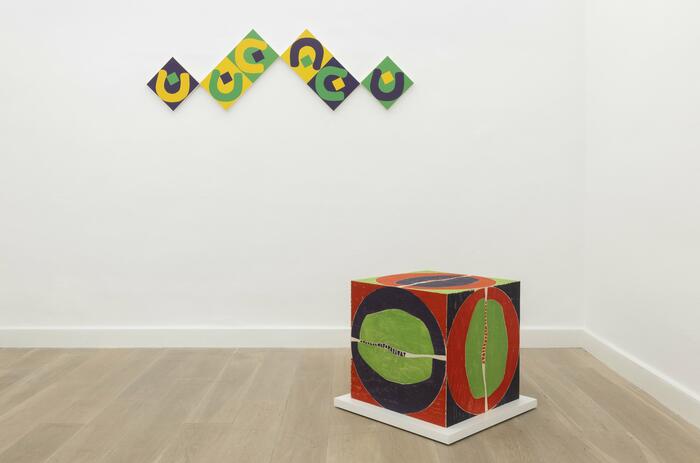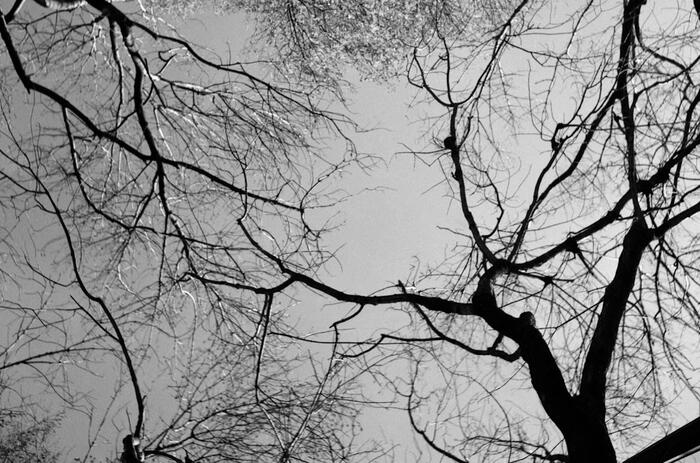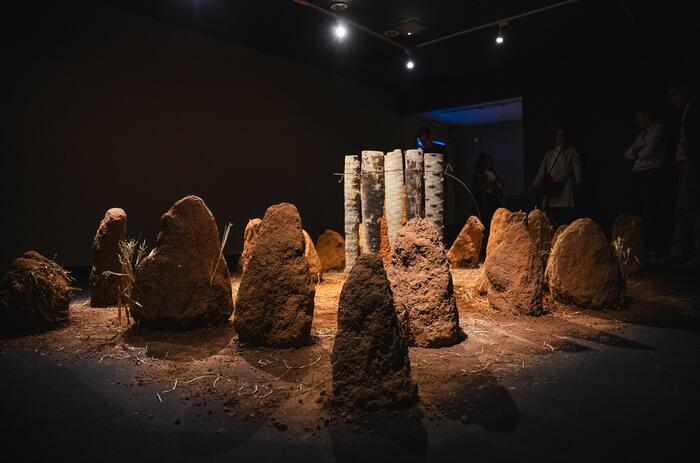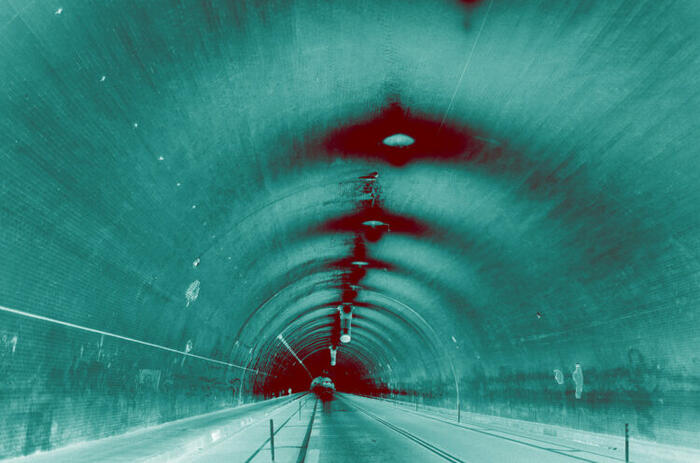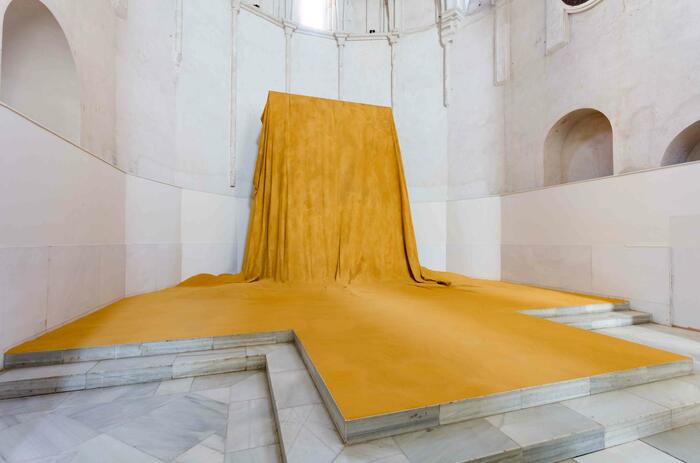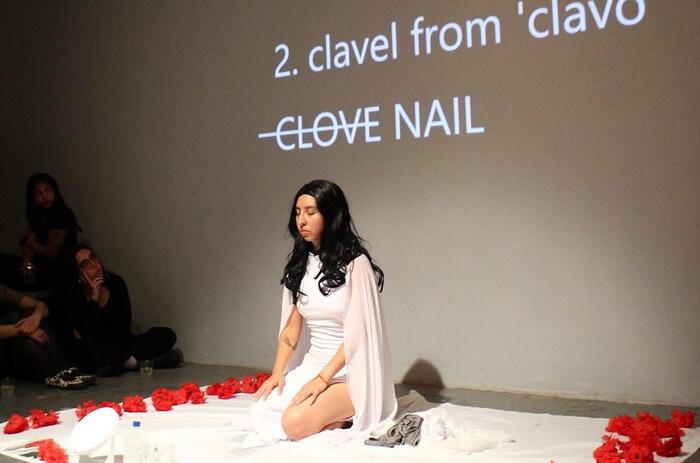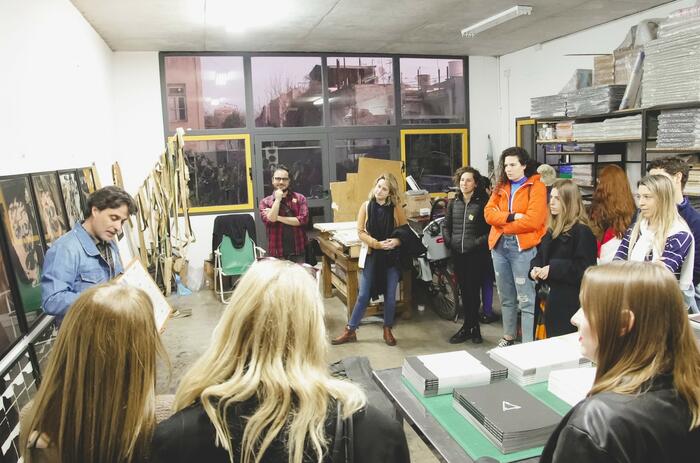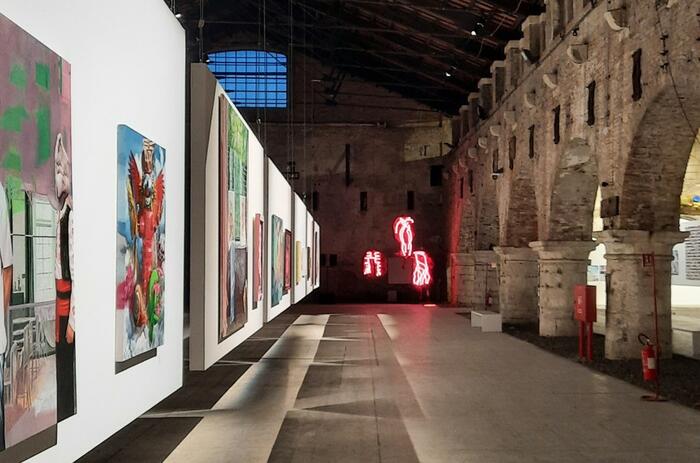PATRICIA SICARDI, A BOOK, A LIFE
"If you hear a voice within you say, "you cannot paint," then by all means paint, and that voice will be silenced".Vincent Van Gogh
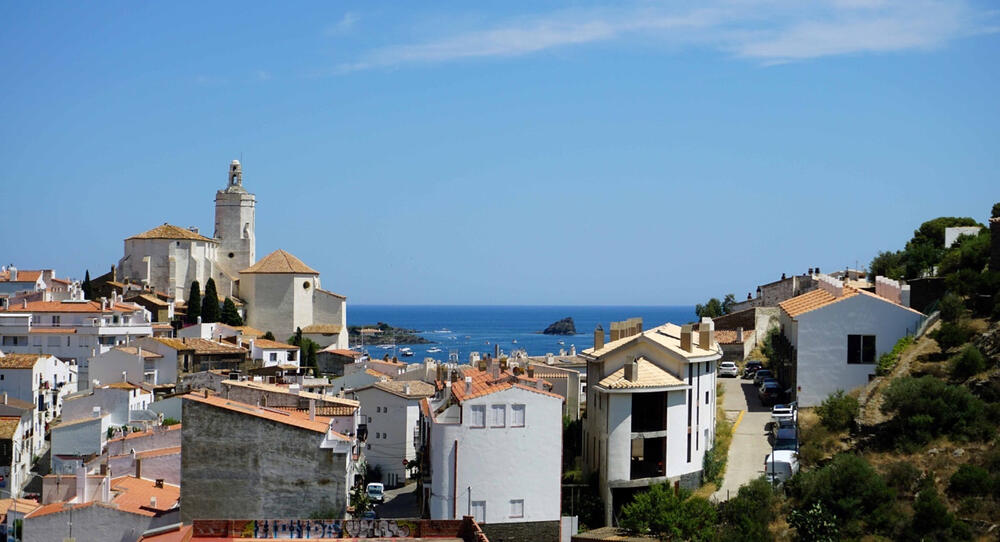
Just by looking at a list of my friends in Facebook, one can have a preliminary inventory of the diaspora of Latin American artists around the world: Fabiana de Barros (Brazilian in Switzerland), Ana De Orbegoso (Peruvian in New York), Luis Gonzalez Palma (Guatemalan in Argentina), María Martínez-Cañas (Cuban in New York), Dani Tagen (Brazilian in London), Mariano Zuzunaga (Peruvian in Spain), Luis Camnitzer (Uruguayan in New York), Gustavo Díaz (Argentine in Houston), Erika Haarsch (Mexican in New York), Fernando Casas (Bolivian in Houston), Liliana Porter (Argentine in New York), Luis Delgado (Mexican in Long Beach), Muriel Hasbun (Salvadorian in Washington), Abelardo Morell (Cuban in Massachusetts), Grimanesa Amoros (Peruvian in New York), and so on. Patricia Sicardi, whose book we are about to review, is an Argentine artist who has lived in Spain for over twenty years.
Nowadays, when attaching a banana to the wall with duct tape, filling a glass half full, or finding and hanging discarded or concocted objects that have something to do with some version of the artist's cultural or gender identity, anoints art works, Patricia Sicardi is an artist with the craft of a printer and easel painter. Her works belong to the tradition of painting that attempts to understand the world, to discover new ways of representation, and/or to simply delight the senses. I will simply mention that her career began in Buenos Aires in 1982, rather than repeat the biographical chronology that is already in her book; instead, I will comment selectively on different periods of her pictorial path drawn in it.[1]
Clearly the 1980-2000 period was one of enthusiasm, understanding by that word the mental state analogous to the way ancient Greeks understood it, for whom the verb enthousiazein meant to be possessed by a god or goddess. In Sicardi's case, it must have been the power of art, because in her 1990 oils the medium enthuses her to see with the eyes of Cezanne, Van Gogh, Hopper, et al., and to execute their ideas with her own hands. Noteworthy is Playa Grande, 1994, that depicts a row of cabins in an uninhabited beach disappearing towards the vanishing point—a sequence of yellow, blue, and orange polygonal roofs against an intense sky that is neither auspicious nor ominous, only the backdrop of the horizon. In search of her own path in these first two decades, Playa Grande is an oil that the alert observer will not connect with any artist other than its author. Tendida en las arenas 1993, on the other hand, is an amorphous, turbulent landscape, more like the artist's state of mind than the sea, the beach, or the sky. From that same year is Rostro 1993, in which a barely discernible profile amidst the colorful impasto suggests a reflection about color, form, the materiality of paint, life. Is it a portrait? Of whom? One wonders. This thick Expressionism is a style of painting to which Sicardi returns in several periods of her life.
In Callejon 1995, the artist once again executes a work without precedent, very urban, somewhat dark and monochromatic, perchance pessimistic. It is a window to a gray day, maybe in winter, facing the façade of a damp gloomy apartment building with no violin nor bandoneon music. Naturaleza viva 1996 has a different aesthetic. It is a still life, somewhatCézannesque and/or Matisse-like, less introspective, with tamer forms than Rostro. The tray where the fruits rest irradiates light, inviting the viewer to participate in the feast, to taste the succulence of the melon and the peach. With these and other works in her portfolio, Sicardi began her pilgrimage to Europe at the start of the 21st century.
A different palette defines Sicardi's work during her stay in Barcelona from 2000 to 2005; there is an abundance of blues, reds, oranges, ochres, and greens. It is evident that the city of Miró, Tápies, Gaudí, and Art Nouveau had a great impact on her work. The former two sprouted in her works following new emotions, projects, and a new celestial alignment. Sicardi adopts the forms she finds in the streets of Barcelona and transforms them into geometric compositions, with varying intensities of light and color. La Rambla, Barcelona 2002 and Tarde de café 2011 are paintings that show that hybrid predisposition. If she ever let go of geometric compositions, it was only to stress texture, as is the case of Anochece 2011 and Conversaciones 2011. On the other hand, Lugar de encuentro 2011 and Herboristería Barcelona 2011, despite being chronologically outside this section of the book, show how the effervescence of the city seduces the artist into a figurative representation of her environment.
Sicardi's oscillation between figuration and abstraction is not stylistic hesitation but rather a need to fulfill expressive needs. Few people are now surprised that Gerhard Richter continues producing works that are photorealistic and, at the same time, another oeuvre that is abstract. "It is more interesting to have a bit of insecurity," Richter once stated in an interview.
From the great metropolis of Barcelona, Sicardi moved to the small coastal city of Cadaqués (2005-2023), a Mediterranean town with white walls, famous for having among its denizens Salvador Dalí and his entourage, the Pitxot family and their illustrious visitors (Picasso, André Derain, Pablo Casals, and so on), Duchamp, Man Ray, Maria Martins, Walt Disney, René Magritte, Richard Hamilton, et al. Cadaqués became the epicenter of the artistic activity of Sicardi, whose territory included the south of France, Italy, London, as well as Mexico, Buenos Aires, and the United States. She showed her work in art galleries such as Magdalena Baixeras in Barcelona, Pou d'Art in Sant Cugat del Vallès, Shad Gallery in Toulouse, Studio Mitti in Milan, Samara Gallery in Houston, Patrick J. Domken in Cadaqués, and more. She herself opened the gallery SiArt in 2005, and in 2011, the Rivera-Sicardi Gallery, both in Cadaqués.
If it was impossible for Dalí to ignore the coastal landscapes cadaquesencs, Sicardi engaged with them as well, although she did not turn them into dreams but rather into artistic observation. Noche de ronda 2006 is not only Agustín Lara's song but also the title of a long panoramic painting of a blue bay sprinkled with white boats painted with a mere stroke of impasto. Solo 2006 emerges from that toing and froing of the sea as well, a most vertical painting, dominated by the white geometry of a boat's triangular sail. The same sea that is the background music of Cadaqués awakens her expressionist figuration as in Plaza de la Estrella 2007 and Siesta 2008. The series of vertical doors that Sicardi painted around 2002 (how many were there?) shows a changing commitment to mimetic painting, from Puerta #22, mostly disfigured by the impasto, to Puerta #297, its blue and yellow discernible up to the steps. With Cucurucu 2010, Sicardi took on the challenge of painting the iconic islet that protects Cadaqués Bay. It is certainly not a seascape in which to imagine a regatta over a blue Mediterranean (between turquoise, International Klein Blue, and cobalt blue), but a dangerous and disquieting sea. It is perhaps the most disturbing work ever painted by Sicardi, the Cucurucu as a gargantuan shark fin.
In the second decade of the 21st century the pendulum swung again taking Sicardi to an abstraction that is occasionally geometric and at times unabashedly gestural. Abstracción 2011 is a pivotal work because it combines both tendencies: the red rectangular insinuation and the brown explosive stain, respectively. Her more gestural works echo Miró's colors and white pictorial space, and her drips may be a nod to Cy Twombly, Jackson Pollock, orRobert Motherwell. Her work Huída 2015 explores those ways, and her 2016 Houston exhibit clearly evidences that commitment.
Perhaps because of my closeness to the North American abstract art scene rather than its European version, I do not find in her work many parallels to Informalism and only tangentially to Tàpies or Hartung. Perhaps it is because Informalism had a nihilistic undertone while Sicardi's work was always affirming: it sought freedom of expression more than negation of devastation. In Argentina she did not witness the remnants of World War II; she only endured the "memories of underdevelopment."
Hans Hoffman would have become an Informalist artist but in 1930 he left Europe for the United States where he ended up an "unclassifiable" abstract expressionist according to Clement Greenberg, the critic who became the apostle of Abstract Expressionism. "If I only have one style, I am dead as an artist," Hoffman said once.That could very well be Sicardi's motto—with the understanding that she comes from another conjunction of influences and contexts. Moreover, she did not have to get involved in that whole quarrel against easel painting and figuration. Nonetheless, Lugar para todos 2010 shows incredible formal and chromatic coincidences with Hofmann's 1962 Autumn Chill and Sun. Unlike the latter, however, Lugar para todos is not merely a calculated exercise but rather a transference onto the canvas of a mental state from Cadaqués, a town that once hosted Peter Harnden, Eugenio d'Ors, and Dalí. Lugar para todos is another one of those works of synthesis that Sicardi arrived at after a long period of pictorial wandering.
Although the book may be different from the movie, the former leaves us with a penultimate dichotomy that is no longer the one between expressionist figuration and "stylized" abstraction but rather between geometric abstraction and gestural abstraction. Serie geométrica 2021 and Puerto IV is as far from El hilo del tiempo 2019 and Rostro invisible I and II 2018 as Mondrian is from Pollock. Nevertheless, even in her gestural works Sicardi occasionally gives in—although subtly—to the figurative temptation. Her work is not only in progress, but in constant evolution.
These are not easy times for those of us who participate in the world of art in order to understand the world better, to learn from the ways artists represent it, and/or simply to enjoy the sensuousness of artworks. Questioned about the importance of art in today's world, Richter stated that "it is comforting simply because it is beautiful." “Beautiful” is not an adjective that I frequently use in writing about art, because I cannot help but think that beauty is canonical, and I refuse to ally myself with those who forged some of its canons. But when the commitments of a beautiful work of art are clear enough, it protects me not only from the vicissitudes of human society but also from the arbitrariness of the art world itself. Without succumbing to mysticism, one can say that when those who appreciate art come upon a beautiful work, it is like enjoying a jazz improvisation, the rain after a drought, the plumage of a quetzal. It must be the same for Sicardi: a career dedicated to art like hers draws a life worth living.
[1] The book is Patricia Sicardi, Girona. ISBN 978-84-09-52753-3


